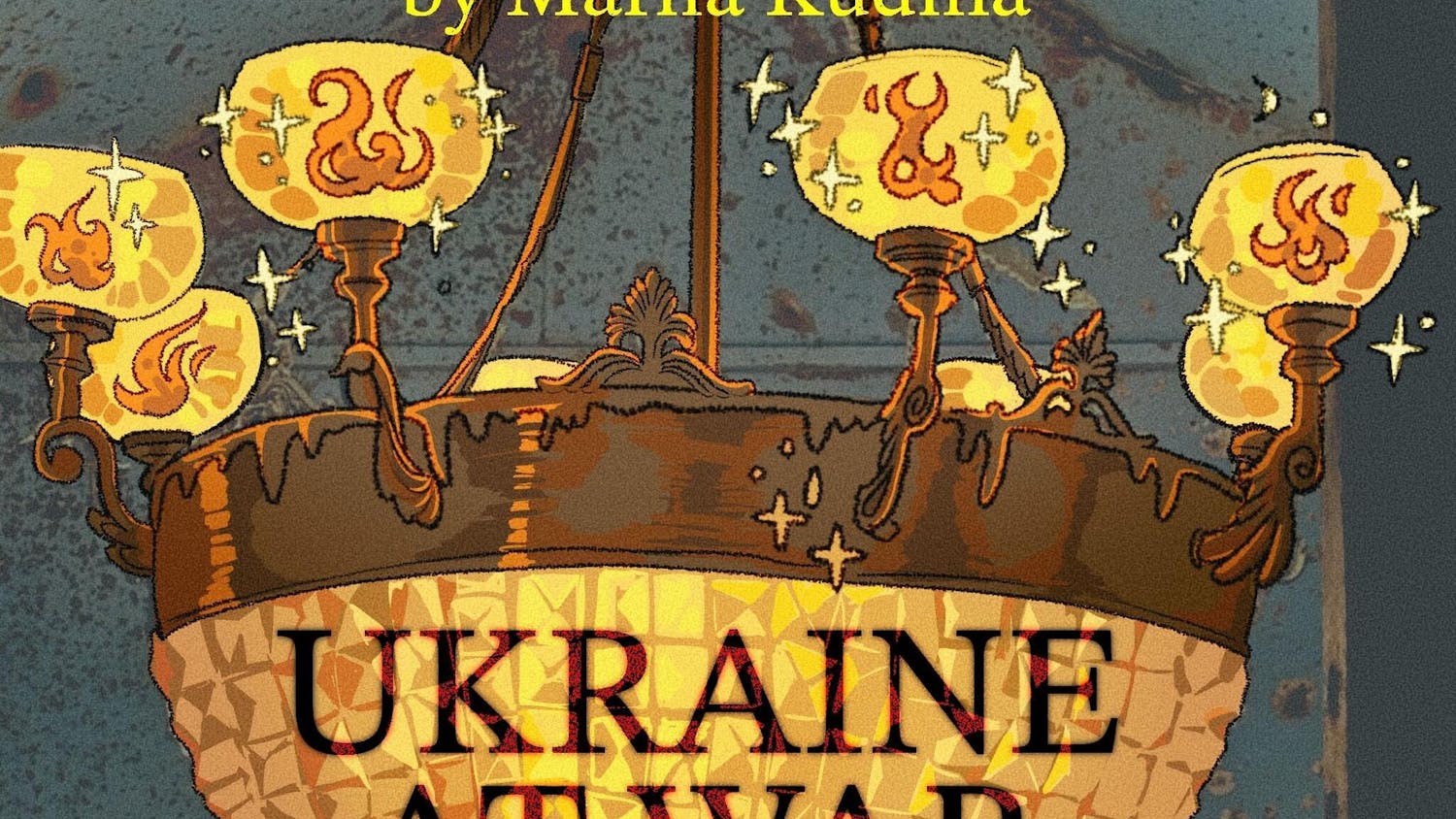For far too long, the people of the Democratic Republic of the Congo have been deprived of a large portion of the tremendous wealth beneath their land. This large-scale, multi-decade mineral theft has been carried out not only by their closest neighbors and regional rivals, but also by an interconnected network of international players who have actively worked to bolster the industry.
The Democratic Republic of the Congo is a global leader in the production and exportation of many resources crucial to modern day appliances — notably cobalt and industrial grade diamonds, of which they are the world’s largest and third largest producer, respectively. However, the story is deeply problematic when looking at the group of 3TG minerals.
3TG refers to tin, tantalum, tungsten and gold, elements key to many electronics and other consumer products. All four are commonly known as “conflict minerals” or “blood minerals,” as they are primarily obtained through highly questionable or outright nefarious means.
Rwanda began its modern involvement in Congolese mining affairs as it withdrew from the Congo in the waning days of the Second Congo War. Rwanda seems to have intentionally left behind members of the Rwandan Patriotic Front and other affiliated militia groups to rapidly integrate into the Congolese armed forces and various local defense units. It also implemented various economic control mechanisms to enable future exploitation.
With a mining industry consisting primarily of artisanal and small-scale operations, Rwanda has been known for exporting more than it reportedly mines. While Rwanda reported $1.1 billion in revenue from its mineral exports in 2023, the Congo experienced a loss of $1 billion in minerals, strongly suggesting that a significant portion of Rwanda’s revenue could have been illegally sourced from the Congo.
Rwanda’s current grasp on the mineral trade in the Eastern Congo is not based on direct control over all the mines from which it profits, but rather on its control of key trade hubs and routes in the region. By asserting a ring of control over key checkpoints to mineral-rich areas, Rwanda regulates how minerals reach the open market. Although the recent occupation of this region by the March 23 Movement — a Rwandan-backed military group — may change this strategy of control, the impact of these mechanisms persists nonetheless.
While Rwanda is certainly one of the primary driving forces behind the current Congolese conflict mineral trade, Uganda and Zimbabwe were also outlined in the Kassem report, an investigation by the United Nations Security Council, as parties that sought to use their intervention in the Second Congo War to assert influence in the region. In reference to the current tragedy in the Congo as described in my previous article, these countries bear a significant responsibility to correct their past wrongs and help to stabilize the crisis currently gripping the Congo.
Even though international regulations have been implemented to tackle the smuggling of conflict minerals, they have been either completely ineffective or have further weakened the Congolese people. Extensive due-diligence guidelines provided by the Organisation for Economic Co-operation and Development, along with related policies like the European Union’s Conflict Minerals Regulation and Section 1502 of the U.S. Dodd-Frank Act, have proven largely ineffective, as these trade practices are still ongoing.
Non-governmental efforts like the International Tin Supply Chain Initiative, set up by the International Tin Association, have also been condemned for failing to mitigate — if not completely exacerbating — the crisis at hand. The initiative was also accused by Global Witness of creating an environment that facilitated the extensive laundering of “tainted minerals.” In 2024, the group also lost official recognition by the Responsible Minerals Initiative, a widely adopted corporate initiative that pushes for responsible sourcing of minerals from high-risk areas.
Future regulation and policy need to take a far more aggressive approach, not only dealing with the initial producers and buyers of conflict minerals, but also with the international cabal that continues to enable and profit from these illegal activities. This means targeting not only Rwanda and its affiliated armed groups, but also industry insiders who have facilitated the global supply and demand for conflict minerals and actively worked to undermine regulatory efforts. The longer these entities and individuals are allowed to engage in the illegal practices of the conflict mineral industry without consequences, the more people that will suffer and the longer Congo will continue to bleed.






